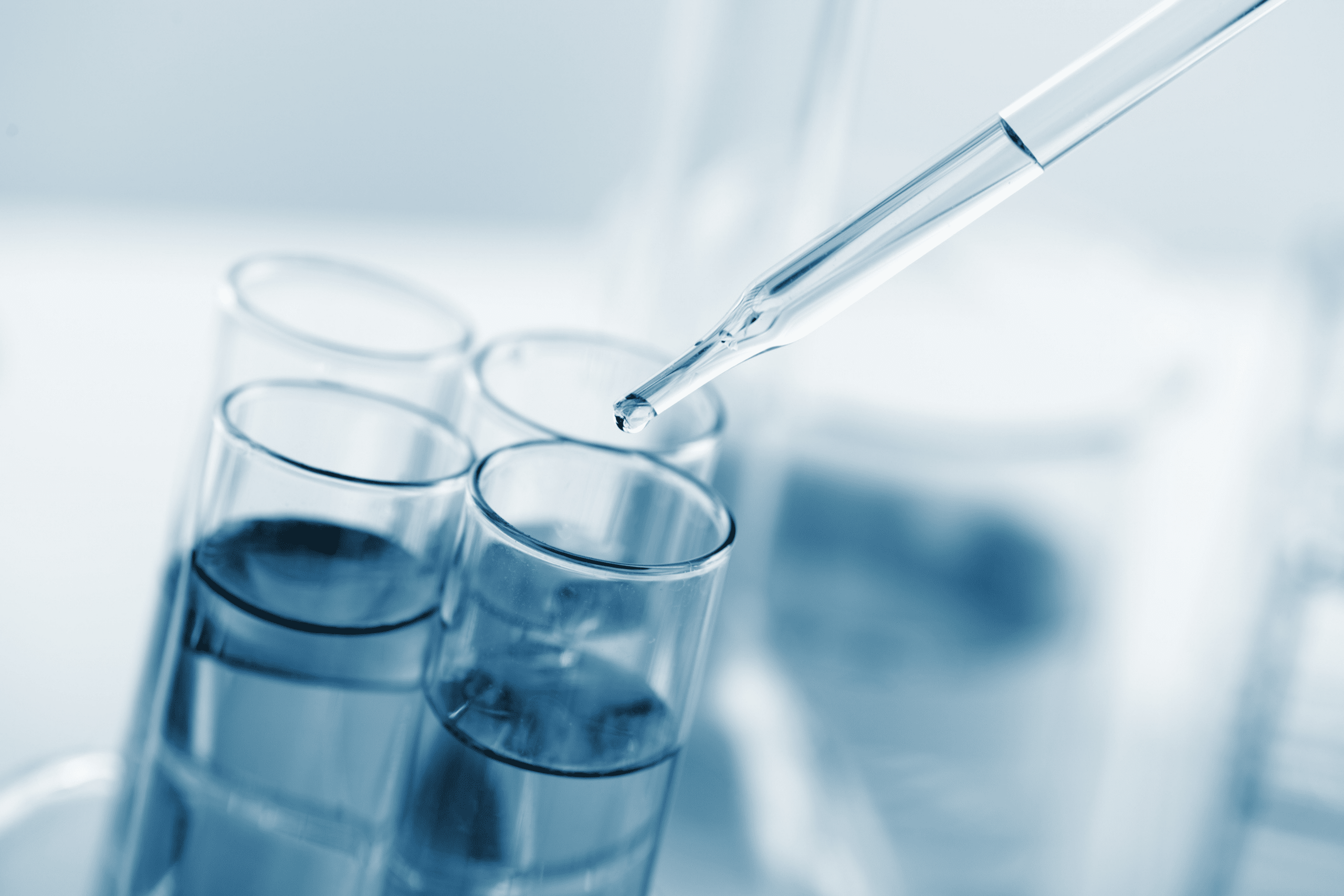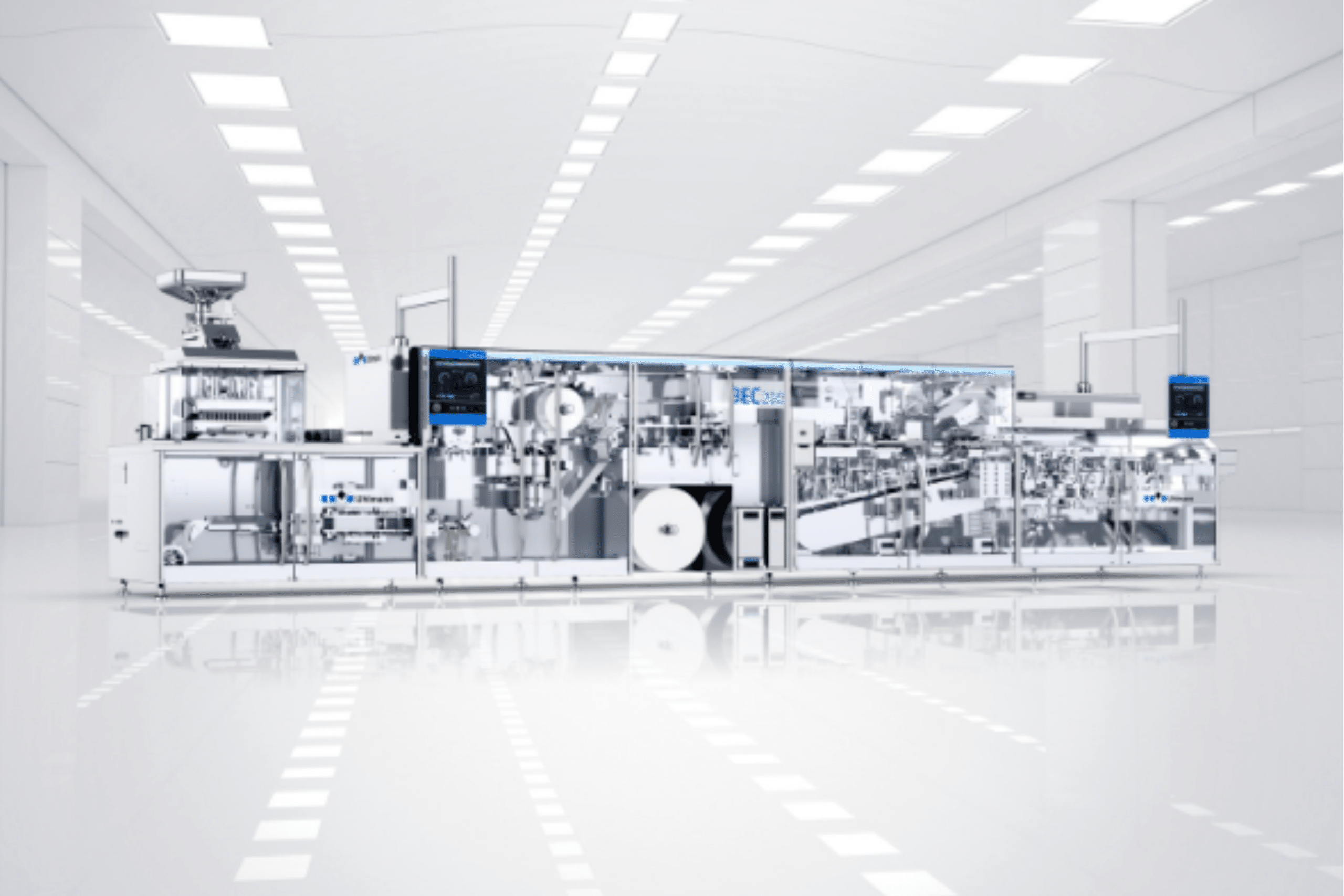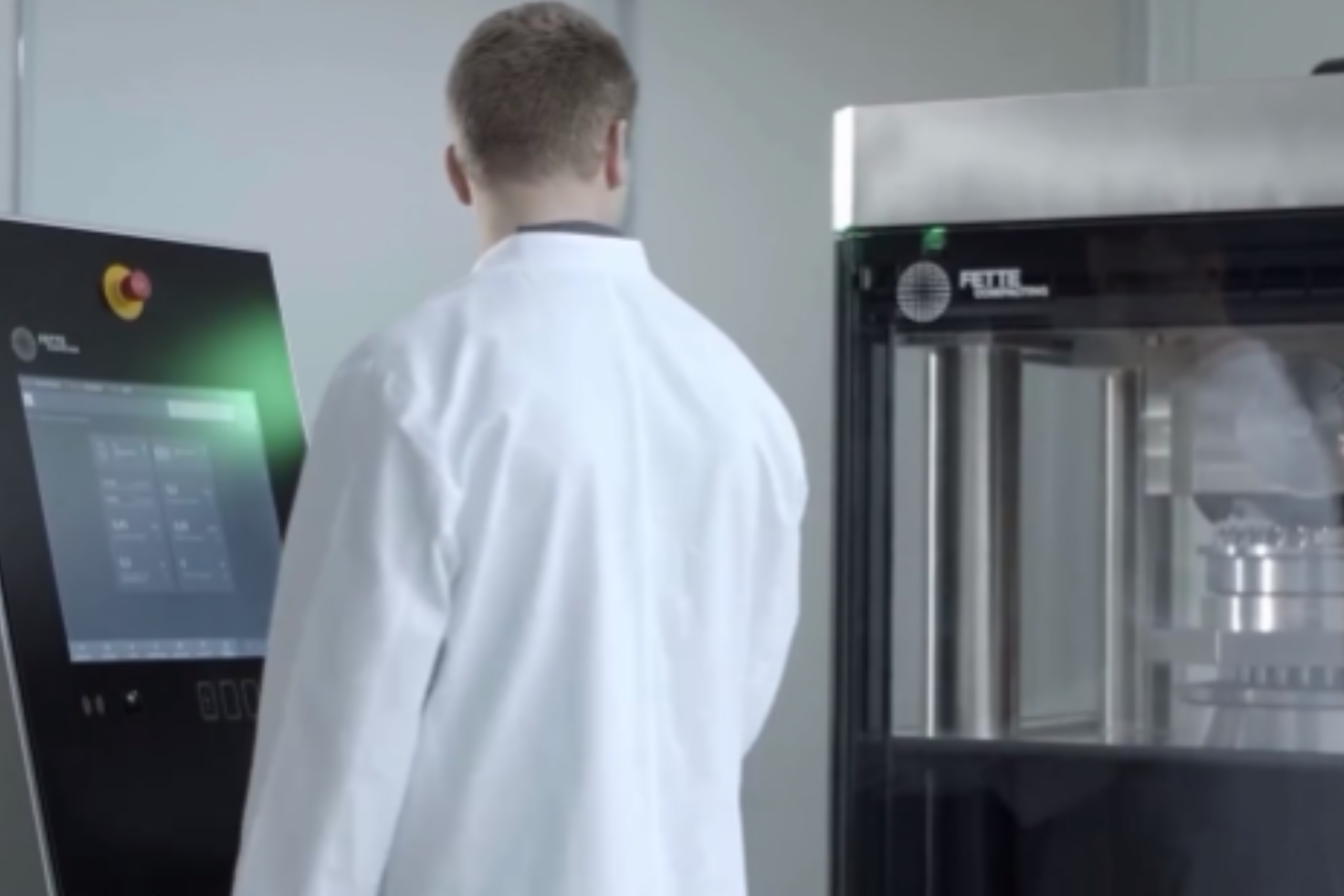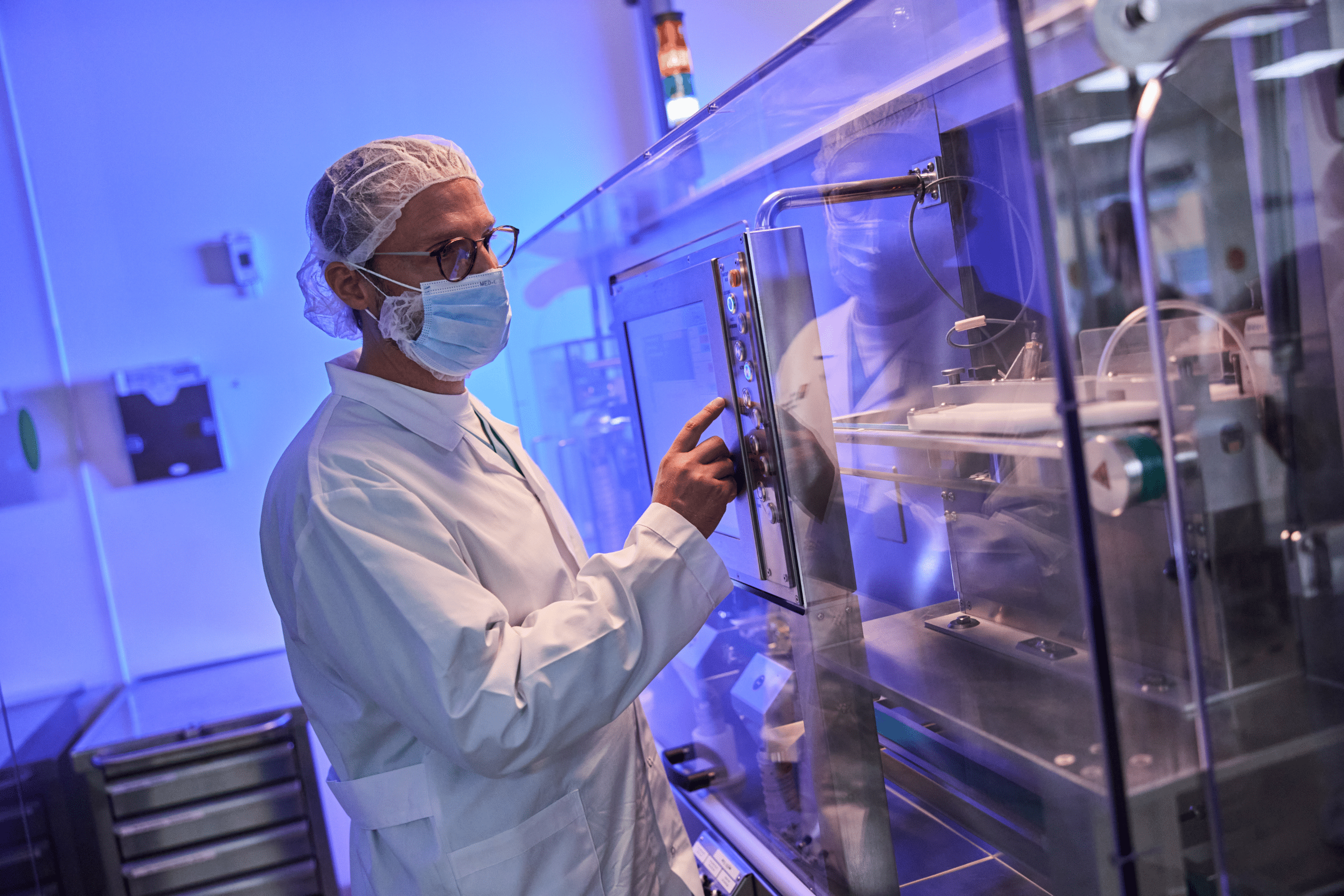
- 8 min read
BWT Pharma & Biotech supplies systems to provide quality-critical clean utilities for drug production around the world. We also offer all related services, including maintenance and training, which are necessary to ensure high quality levels on the long run. We are therefore a mission-critical partner for all drug manufacturers who rely on our expertise to ensure patient safety in the manufacturing of their products.
Topic 1: Types of water
Could you explain the difference between normal drinking water, purified water, and water for injections (WFI) to be used for medical purposes? How does this reflect the German quality promise?
Relevant water qualities for pharmaceutical applications are Purified Water (PW) and Water For Injection (WFI). These have been formalized in the Pharmacopoeia, which is the rulebook for pharmacists, and these water qualities are used for all critical manufacturing processes, including cleaning processes.
Pure Steam (or Clean Steam) is also a critical clean utility in Pharma. It matches WFI quality and is used to sterilize equipment, instruments, and other production-related materials. Microbiological contamination can pose a serious risk to patients, hence this Pure Steam is of particular importance.
In contrast to normal drinking water, which is already of a pleasantly good quality in Germany, these pharmaceutical grades of water contain barely any dissolved salts and microorganisms. This is what makes the water suitable for medicine production.
PW is of slightly lower pharmaceutical quality compared to WFI. This water is used for less critical applications (e.g., oral dosage forms such as tablets) or for cleaning processes.
WFI is the higher quality with even stricter microbial safety requirements. This quality is used for parenteral medication, such as vaccines or eye drops, and for the final rinsing during critical cleaning processes.
Where do we in Germany encounter these different types of water in our daily lives? How does water affect our health or the effectiveness of medicines?
Pharmaceutical water is used to produce every type of dosage form. From ointments, drops, and tablets to injections into muscles, veins, or under the skin: The correct water quality is vital to ensure patient safety. This applies not only to the actual production of the medication, but also to the cleaning and sterilization of the used apparatus, equipment, or instruments.
Safe medication supply to patients is only possible with these water qualities, and we therefore encounter them indirectly in every available quality medicine.
Topic 2: Water in the pharma industry
Why is exceptionally pure water required to produce medicine? How does the German pharma industry guarantee the highest-possible quality?
Water is an essential component of every drug production process, whether it is used for cleaning processes or as part of the drug itself. Depending on the dosage form, active ingredients enter the body in different ways. Less risky dosage forms are tablets, syrup, capsules, or drops. These are ingested and enter the body through the digestive tract. The digestive tract forms a natural barrier that protects the body from microbial contamination. Aqua Purificata is therefore sufficient for the production of such medicines.
Other drugs enter the body directly, e.g., through injections into the blood or tissue. They bypass the digestive tract, hence the name parenteral drugs. Obviously, patient safety is critical here, as the drug bypasses the safety barrier of the digestive tract and enters the body directly, where only the immune system remains as the last line of defense. WFI, the highest pharmaceutical water quality, is intended for such applications.
In addition to using the correct water quality, numerous other quality assurance measures – set out in pharmaceutical regulations – and the considerable technical efforts made by pharmaceutical manufacturers all aim to ensure that medications are safe and well tolerated for patients. We at BWT P&B make a small but essential contribution to this effort.
The pharmaceutical industry requires large amounts of ultrapure water, but long-haul transportation can endanger the quality of this special water. This is often neither economically nor ecologically sensible. Can you explain how BWT’s proprietary technologies ensure that local water – be it from the tap, a spring, a well, or a body of water – can be converted into ultrapure water or water for injection (WFI) on-site? And how does German water compare internationally to French, American, or Canadian water, particularly in its quality and treatment options?
The water qualities PW and WFI used in the pharma industry do not differ internationally. The respective national regulations (Pharmacopoeias) are harmonized in this respect.
Pure Water can be stored and transported to a rather limited extent. Only small quantities are bottled in a sterile facility and then sent to customers for laboratory or low-volume applications.
Pharmaceutical production requires large quantities, which have to be produced from local drinking water using our water treatment systems then stored with appropriate measures to maintain the quality and then distributed to the points of use within the facility.
A variety of specialized process steps are available for this purpose, which progressively desalinate, degas, and render the water virtually free of germs. Starting with drinking water, these processes usually consist of softening, followed by reverse osmosis and electrodeionization to produce PW. The PW is then further refined to WFI by ultrafiltration or distillation. The storage of this water is of particular importance. In storage tanks and piping systems, the water quality produced is consistently safeguarded by sanitary design plant engineering solutions and the use of several sanitization methods to be able to bring the high quality to the point of use.
This also highlights another advantage of our very good drinking water quality in Germany. Drinking water can usually be fed into our treatment systems without any further pre-treatment. This reduces water consumption and the need for chemicals. I cannot emphasize enough what a precious and important resource our drinking water is and that we must actively protect it.
Any clean utility system has to be tailored to the local feed water quality to ensure efficient, safe, and reliable production. If, for example, only water from rivers, lakes, or poor-quality tap water is available as feedwater, additional pre-treatment steps, such as filtration, chlorination, activated carbon filtration, and others are necessary. In addition to the system costs, these also increase the operating costs as well as the water consumption. It can therefore be said that water treatment systems in Germany can have a very high level of efficiency due to the good quality of drinking water.
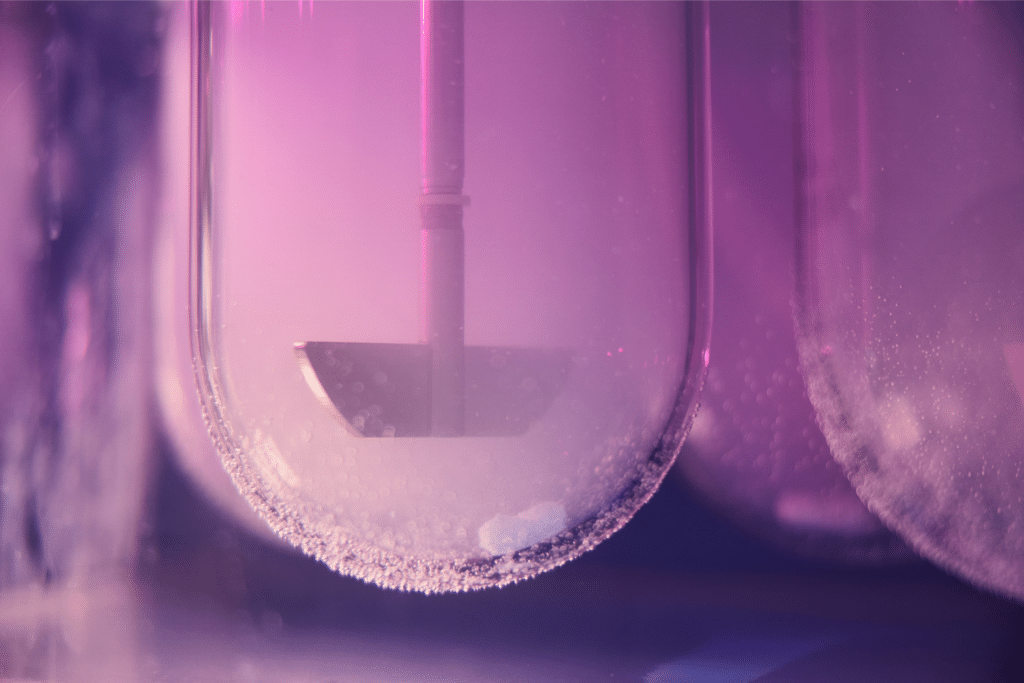
Would you mind giving us an example of how and why water for injections (WFI) is used in medicine production? How does “quality made in Germany” contribute to patient safety here?
As already mentioned, patient safety is at the core of what we do, which in turn requires us to focus on microbial safety when producing water.
As a natural habitat, water is always affected by bacterial growth, and accordingly all our efforts, technical facilities, and procedures must be aimed at preventing this bacterial growth or keeping it within narrow limits. Consequently, the monitoring and testing of water quality using suitable measuring methods is of particular importance.
To this end, BWT P&B has developed a measuring technology that can identify and quantify living germs in the water directly in the system and in real time. This is a further contribution to ensuring the safety of the product and operating the systems efficiently and without interruption.
Topic 3: Safety standards and quality control for water
What are the German regulations for the quality of water used in pharmaceuticals? Who ensures compliance?
Pharma manufacturing is subject to a large number of legal regulations. In addition to the aforementioned Pharmacopoeias, the German Medicines Act, GMP regulations, and many other regulations govern how medicines must be manufactured and how their quality must be ensured.
For the pharma water sector, it all starts with the Drinking Water Ordinance.
The pharmaceutical manufacturer is also supervised by the local regulatory authority. If the manufacturer exports abroad, the supervisory authorities and regulations of the importing country also apply additionally.
A comprehensive regulation and control regiment has therefore been established. The export success of German pharmaceutical manufacturers shows their ability to produce innovative, effective and, above all, top-quality products. This is furthermore supported by the highly efficient and quality-conscious suppliers for essential production facilities and machinery.
How much water does a factory need to produce a batch of tablets? How does the German pharma industry ensure an efficient use of resources?
This question is difficult to answer in a general way, as batch sizes and production processes differ significantly.
Simple medicines such as headache pills are produced in huge quantities; the relative water consumption is proportionally low. Other, highly specialized medication is produced in smaller quantities while maintaining the same quality requirements, which means the specific water consumption, and therefore the price of the medicine, will inevitably be higher.
But you might get a feel for industry water requirements if you look at the average German medium-sized company that produces medicine in tablet form. These businesses make up the majority of our customer base as well as the domestic industrial landscape. In these companies, we typically see systems with a production capacity of 2 to 5 cubic meters per hour, that’s 2,000 to 5,000 liters per hour. For comparison, a domestic tap supplies around 300 liters per hour. Nobody is going to leave a tap running all day at home, I hope, but pharmaceutical production sometimes runs in 3 shifts for 24 hours a day. So you can see quite quickly that the demand for water is high, as in any other industry. Here, efficiency gains through technology can make a big difference. This is why 50% of the production costs for pure water come from the feedwater (i.e., drinking water) and the water efficiency of such systems is a core element of all our development work.
Water efficiency is increased through a variety of technical measures. It should always be noted that this cannot be done at the expense of microbial safety or water quality, as these are non-negotiable in pharmaceutical production. The successful implementation of these requirements and the combination of these opposites in a technically reliable solution is the key success factor for us as a plant manufacturer and a manifestation of our market leadership.
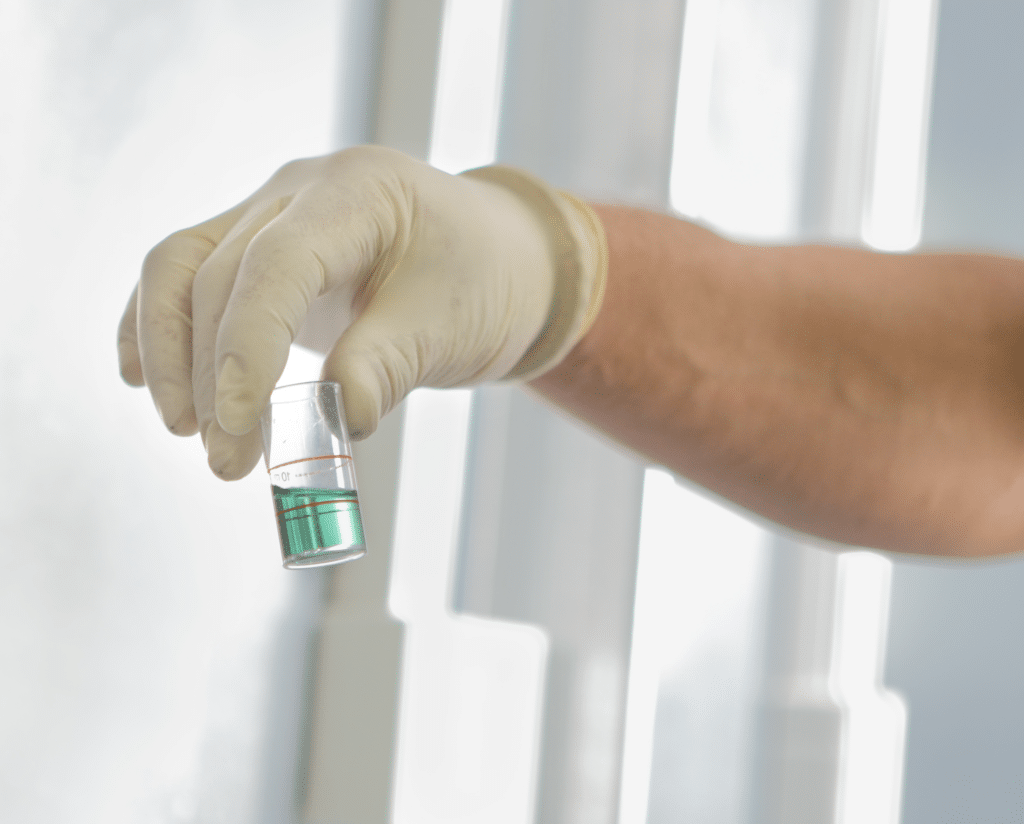
Topic 4: Employee training
How is employee training structured to ensure proper handling of different types of water in the pharmaceutical industry?
Water quality is produced in a technical facility in which decades of expertise and the highest engineering skills must work in harmony. However, this only works reliably in the long term if it is built, programmed, operated, and maintained by quality-conscious and qualified personnel.
At this point, the manufacturing location in Germany also can differ significantly from other locations, as the high level of professionalism of our workforce is a factor that, despite all the need to improve our education systems, we often do not adequately recognize and appreciate. As a result, we as a society, unfortunately, do not invest enough in this aspect.
At BWT P&B, however, we are very outspoken about the fact that the consistent quality standards that arise from our work in the pharmaceutical industry only allows one conclusion to be drawn:
The training and continuing professional education of our employees is a central component of our business. This is the only way we can efficiently transform complex processes into plant technology and operate them efficiently, safely and reliably for our customers over decades.
That’s why we founded the BWT P&B Academy several years ago. Here, we offer all training and constant professional education in one place, not just for our employees but also for our customers and industry partners.
Topic 5: Outlook
What challenges related to water are you facing on a daily basis?
We align the demands of our customers with economic considerations, technical challenges, and resource-saving measures on a daily basis. This gives rise to a multitude of challenges that we successfully overcome every day.
What trends do you see emerging in the use and treatment of water in the German pharma industry, particularly regarding sustainability and quality?
Efficiency in terms of water and energy consumption will be a key driver of future developments. The expected shortage and associated deterioration in the quality of drinking water will be a driver for increased treatment efforts and costs. This will be a much greater challenge in other regions of the world.
For our market, technologies to increase efficiency such as sophisticated reverse osmosis systems and ozone technology for sanitization as well as the aforementioned online microbiology measurement will thus help create and operate resource-saving production facilities. Sustainability itself will therefore be the defining trend of the coming years.
What should patients understand about how “quality made in Germany” impacts the role and use of water in pharmaceutical production?
[…]
Ultimately, patients in Germany can trust that local manufacturers and plant constructors, like us, work to the highest quality standards, because this is the only way to permanently justify our existence as an organization in the face of international competition.
And at the end of the day, medication is somewhat like insurance. You can be quite happy if you have a good one, and even happier if you don’t need it.
With this in mind, stay healthy.
